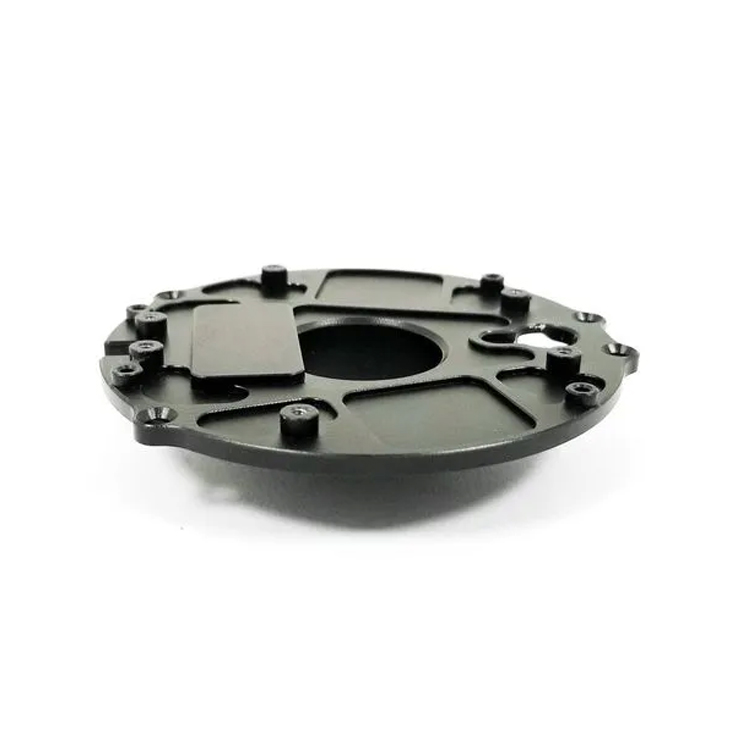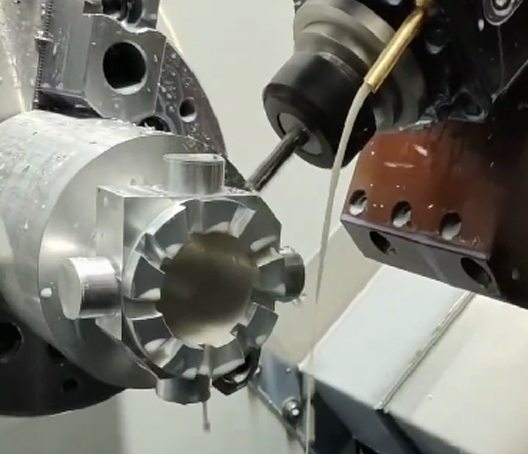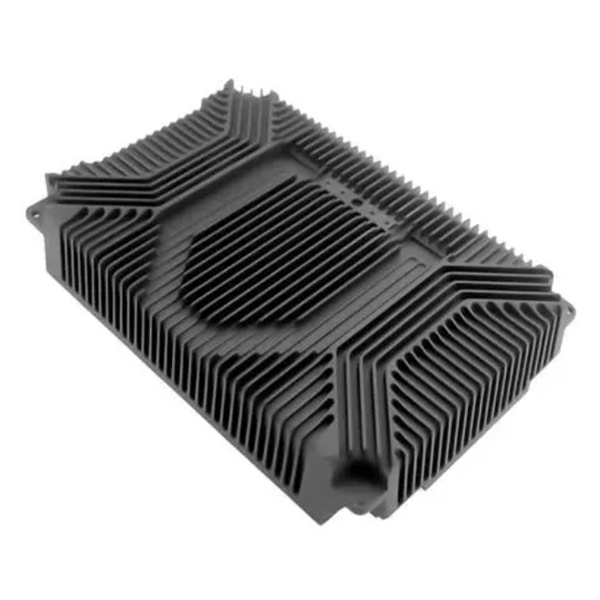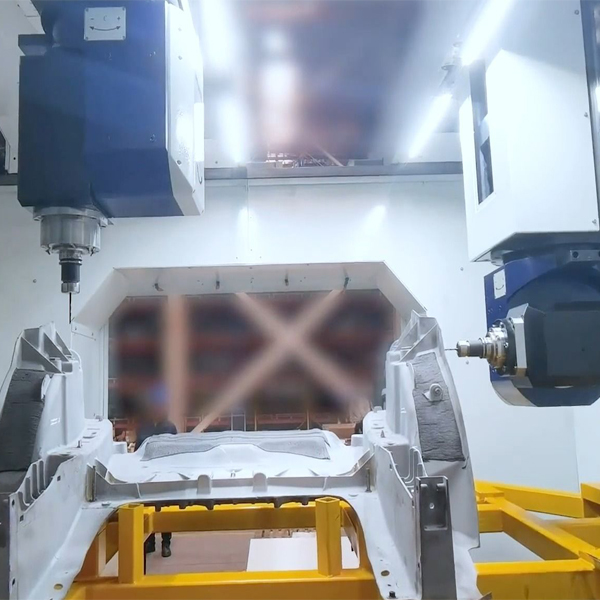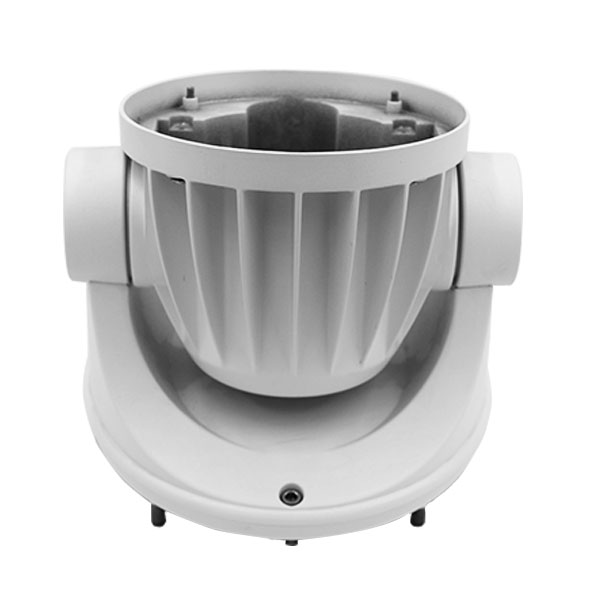AlSi10Mg(Fe) is a common aluminum alloy used in die casting, often known for its good strength-to-weight ratio, excellent castability, and high thermal conductivity. Here are some considerations for anodizing AlSi10Mg(Fe) die casting parts:
- Alloy Composition: The presence of alloying elements, such as silicon (Si) and magnesium (Mg), can affect the anodizing process. Alloys with higher silicon content may result in a darker, less uniform appearance after anodizing. It’s advisable to test the specific alloy composition to ensure the desired results.
- Surface Finish: Anodizing works well on parts with a smooth and uniform surface finish. Die casting can sometimes result in a textured or porous surface. Pre-treatment processes, such as polishing or shot blasting, may be necessary to achieve a more even anodized finish.
- Iron (Fe) Content: AlSi10Mg(Fe) contains iron, and the presence of iron can affect the anodizing process. It may lead to a yellow or brownish tint in the anodized layer. To mitigate this, a pre-treatment step or a specialized anodizing process can be employed.
- Pre-Treatment: Before anodizing, it’s common to perform pre-treatment processes such as cleaning and etching to remove any contaminants and create a suitable surface for anodizing. Pre-treatment can also help address issues related to alloy composition.
- Anodizing Type: There are different types of anodizing processes, such as sulfuric acid anodizing or hard anodizing. The choice of the specific type can depend on the desired properties of the finished part.
- Color and Appearance: Anodizing can produce a range of colors based on the process parameters. However, the alloy composition and pre-treatment can influence the final color and appearance. Testing on sample parts is recommended to achieve the desired aesthetic outcome.
Always consult with a qualified anodizing specialist or service provider who can analyze the specific alloy composition, surface condition, and intended use of your AlSi10Mg(Fe) die casting parts to recommend the most suitable anodizing process. Additionally, testing small batches or samples can help ensure that the desired properties and appearance are achieved before applying the process to a larger quantity of parts.

